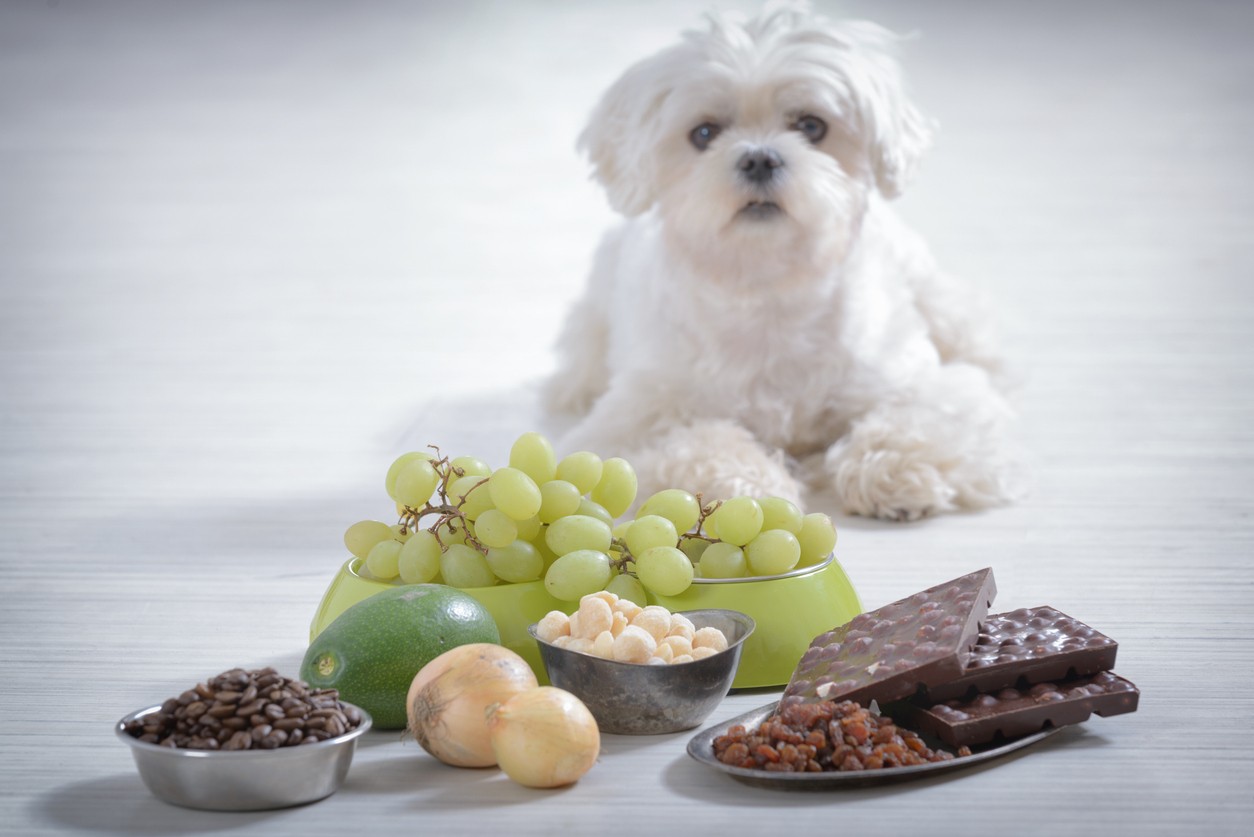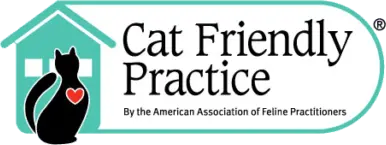Pets are innately curious and opportunistic, meaning they’ll steal, chew, and ingest whatever they can get their muzzles on. While mischievous pets can be adorable and funny, their behavior can have dangerous—sometimes life-threatening—consequences if they consume a hazardous or toxic item. To help you understand this serious risk, the UrgentVet team has compiled an unofficial list of our top seven most dangerous household items to dogs and cats that pets may eat.
Are these hazards hiding in your home?
Top 7 Household Items Dangerous to Dogs and Cats
#1: Batteries
Batteries aren’t only a choking hazard, but also contain harmful chemicals. These highly corrosive acidic or alkaline chemicals leak out when pets bite or chew on batteries and can lead to serious internal burns. Pets can suffer from painful tissue damage in the oral cavity or anywhere along the digestive tract, including the esophagus, stomach, or intestines.
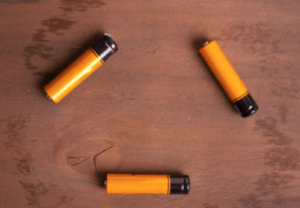
#2: Sharp objects
Pets may mistake sharp shiny objects (e.g., nails, screws, needles, fish hooks, and bones) for treats or toys, or they may accidentally ingest an item that is embedded in something else, such as furniture, fabric, or a dead fish. Sharp objects can puncture or lacerate the pet’s tissues or organs, causing serious internal injury, or a pet may have an intestinal blockage if they consume small items in large quantities. Emergency surgery is often required to retrieve these items and repair any damage.
#3: String, ribbon, and other linear items
Long or linear items, such as string, ribbon, or dental floss, look innocent enough, but once ingested, these everyday items can have catastrophic consequences. Linear items can wrap around or under your pet’s tongue and obstruct blood flow. If partially swallowed, they can cause choking or tracheal irritation. And, if the linear item reaches your pet’s small or large intestines, it can get caught up in the organ’s natural contractions, and the intestine will fold like an accordion around the string, ribbon, or floss. This is known as a linear foreign body and can compromise intestinal blood flow, leading to tissue death. Surgery or endoscopy is required to address a linear foreign body.
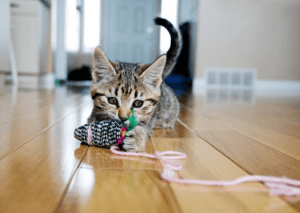
#4: Antifreeze
Ethylene glycol—the active ingredient in most antifreeze products—is one of the most potent pet toxins, with as little as one teaspoon in cats and one to two tablespoons in dogs enough to cause irreversible kidney damage. Pet antifreeze poisoning is also extremely rapid, and immediate veterinary attention is essential for survival. Treatment must be administered within 8 to 12 hours for dogs and three hours for cats, because once kidney damage begins, poisoning is often fatal.
#5: Human medications
Seventy percent of U.S. adults now take at least one daily medication, and prescription-related pet poisoning has skyrocketed. Pets commonly find medication in their owner’s purse, bag, pocket, or nightstand, where they mistake bottles or boxes for toys, or loose pills and tablets for treats. In addition, some owners share their prescriptions with their pets, but this is extremely dangerous, and can be life-threatening, because human dosage rates are exponentially higher than those used on pets. Always keep medications and supplements out of your pet’s reach and in closed—ideally, lockable—containers. Most importantly, never give your pet medication without your veterinarian’s approval.
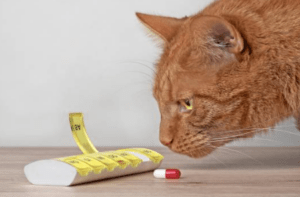
#6: Glue
Diisocyanate glues (e.g., Gorilla Glue) can lead to a life-threatening emergency when ingested by pets. When this glue reaches the stomach, it can cause severe irritation. The glue mixes with the pet’s stomach acid and the reaction forms a solid, expanding, foam-like mass that fills the stomach, prevents stomach function, and blocks the in- and outflow of materials. Affected pets show obvious vomiting and diarrhea illness signs, including a distended abdomen and drooling. Emergency surgery is required to remove the blockage.
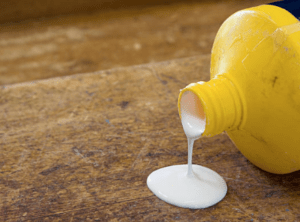
#7: Rodent bait
Rat and mouse baits (i.e., rodenticides) are designed to kill rodents through uncontrollable bleeding, brain swelling, or sudden kidney failure. Unfortunately, these poisonous products affect all mammals, including pets, the same way. And, by the time illness signs are visible, which may be hours or days, their injuries are often irreversible and their prognosis is poor. Sadly, rodent bait is scented and flavored to attract rats and mice, so dogs mistake it for food or treats and consume large quantities. Cats and dogs can also experience secondary toxicity if they consume a poisoned rat or mouse.
Act fast: What to do if your pet eats something harmful or toxic
We have featured our top seven worst household items and chemicals for pets to eat, but the full list of toxic and harmful items for dogs and cats is much longer. Familiarizing yourself with the most common toxins to dogs and cats and pet-proofing your indoor and outdoor spaces can help prevent many common ingestion-related tragedies.
However, if the unthinkable does occur and your pet chews on or ingests something harmful or toxic, fast and proactive care is crucial. Immediately contact UrgentVet or your regular veterinarian for care recommendations. Depending on the item your pet has consumed, you may be advised to observe them and initiate home care, or bring them to the hospital for immediate veterinary attention. Don’t wait for your pet to show illness or injury signs, which can be delayed.
Your pet’s health is not something to wait around for. When in doubt, call or stop by an UrgentVet location near you. Whether they need help for a bee sting or a serious illness, your pet can’t wait to feel better.


